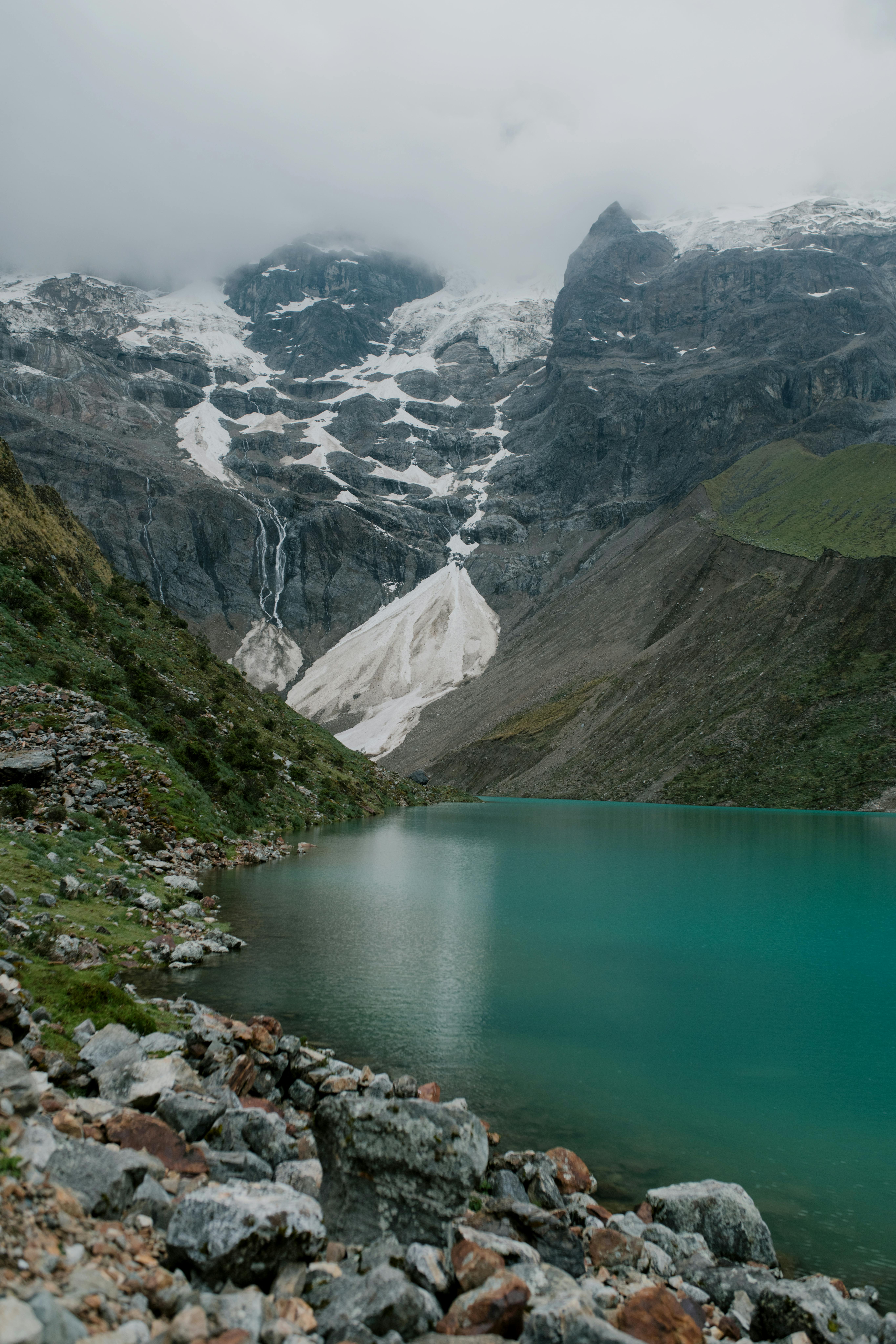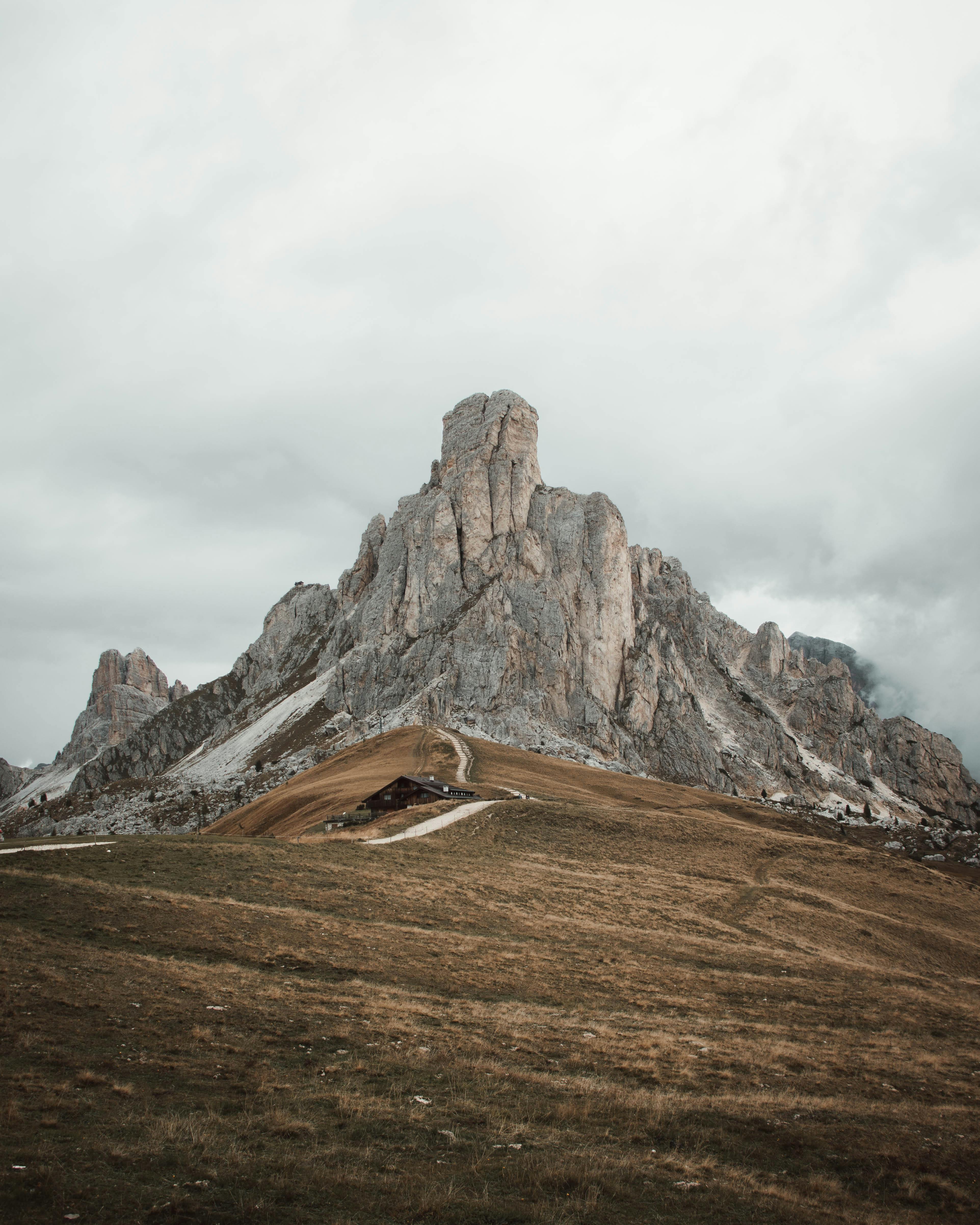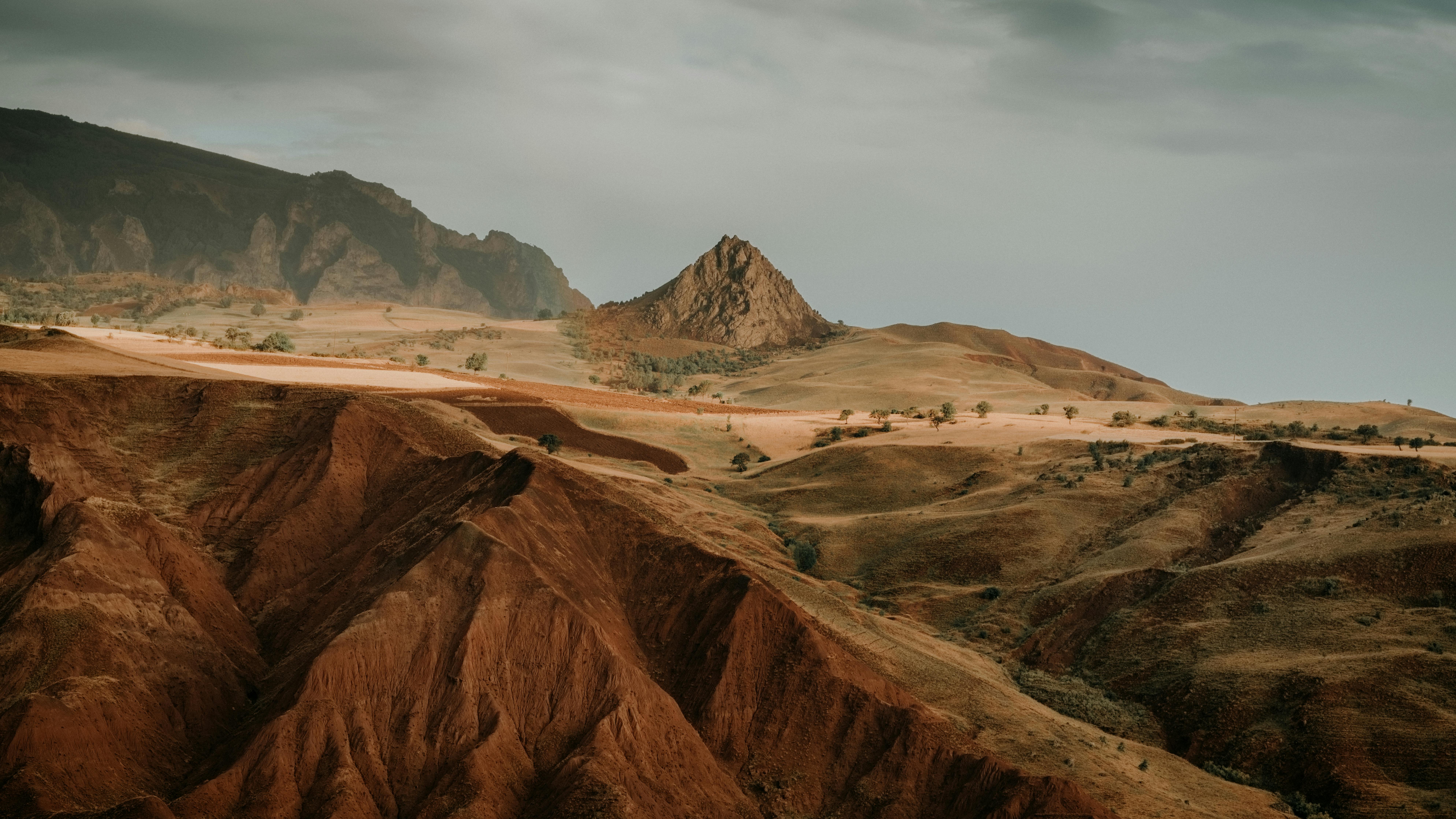No matter what problem you are photographing, learning this technique can greatly decorate the great of your pictures. By the way, if you want to research extra about focus stacking software program and AI-powered Extension for Luminar Neo image editor, make certain to comply with the link to Skylum’s website online.
Possibly you have got come across a picture that became incredibly sharp and distinct, with each factor of the picture in focus. So, you could have wondered how this type of feat was executed. The cause of this text is to offer you with a complete knowledge of awareness stacking and the way you can use it to produce incredibly sharp pictures.

Table of Contents
Starting With the Basics: Definition of Focus Stacking
While the concept of focus stacking may seem complicated, it becomes much less so once you understand the basics and learn the techniques involved. So let’s highlight a few key points:
- In simple terms, focus stacking refers to a digital imaging process in which multiple images of a subject are captured, each focused at a slightly different point within the frame and then merged in post-production after being aligned.
- This technique is similar to HDR, except that instead of changing the exposure, the focus is adjusted. It also is particularly useful in situations where the desired depth of field cannot be achieved with a single shot.
- By combining multiple shots taken at different focus distances, focus stacking creates a final image with greater depth of field and sharpness throughout the scene.
Whether you are shooting the best info in macro pictures or sweeping vistas in panorama images, studying this method of recognition stacking is important to attaining crisp, sharp pics. Of route, you want special recognition stacking software, like Luminar Neo or Photoshop.
At the same time as this selection won’t be essential for every photo you take, there are certain situations where it is able to substantially enhance the final photo. These scenarios include taking pictures with an ultra-extensive-angle lens whilst the object is close, macro pictures, and pictures in which there’s a vast distance between the issue and the history.
How Focus Stacking Works in Photography?
It really works through combining multiple pix taken at exclusive focal points into one photograph with greater depth of subject. That is carried out by way of the use of the best focus stacking software to merge the centered areas of every photograph, ensuing in very last images this is in recognition in the course of the scene. In essence, focus stacking uses the strengths of each picture to create a composite end result this is sharper and greater distinctive than any single picture may want to achieve on its own.
The wide variety of shots required depends on several factors together with focal duration, aperture, and the gap among the digicam and the closest object to be in consciousness. Those aspects are mentioned in greater detail under.

Capturing Images for Focus Stacking
Reducing the aperture may not always be enough to achieve the desired focus, whether you want to capture a bug with great depth of field or a panoramic view with sharp focus throughout the frame. To capture images for focus stacking, follow these steps:
- Place your camera on a tripod to keep it steady throughout the series of shots.
- Choose your subject and compose your photo.
- Select the aperture and focal length you want to use for the image.
- Determine the closest distance between the camera and the subject you want in focus.
- Take a series of shots, adjusting the focus distance for each photo to cover the entire depth of the scene.
- Continue until you have covered the entire focus range.
- Import the images into specialized software for focus stacking.
- Use this soft to blend the focused areas of each image to create a final picture with greater depth of field.
To get a sharply focused landscape, you usually only need two or three shots. But if you’re photographing a macro subject like a flower or butterfly, you’ll probably need more pictures, especially if you’re working at 1:1 magnification or higher. It’s always better to be safe than sorry, so if you’re unsure, take more shots than you think you’ll need.
What is Focus Stacking Software?
This is a type of photo editor that allows photographers to merge multiple images with different focal points into one photo for greater depth of field. The software works by analyzing each picture and selecting the sharpest areas, then combining them into one photo.

A few editors additionally consist of features which includes picture alignment and ghost elimination to ensure that the picture is sharp and free of artifacts. Such software program can store photographers lots of time and effort as compared to manually blending photos and might bring about relatively detailed and beautiful snap shots.
So, getting the great results from stacking requires cautious modifying. Luminar Neo is an powerful device for this motive. Its advanced AI-powered capabilities allow photographers to create great, sharply focused images which can be visually appealing and rich in element.
The AI used in the system automatically identifies the sharpest components of each photo and also can correct for lens and chromatic aberrations in raw files. In addition, the algorithm can integrate pictures taken at different focal lengths to create a final photograph that is rather sharp and in attention inside the foreground, background, and the whole lot in among.
Read: The 12/22/22 slideshow incident
Pranay, a coding maestro weaving digital magic with Dot Net,Angular. With 4+ years in web development,he specialize in crafting seamless solutions. Beyond coding, Pranay is a wordsmith, passionate about sharing insights through guest posts. Whether crafting code or narratives, he bring creativity and precision to every project. Connect to explore his coding journey and delve into the world where tech meets storytelling .follow us on X

